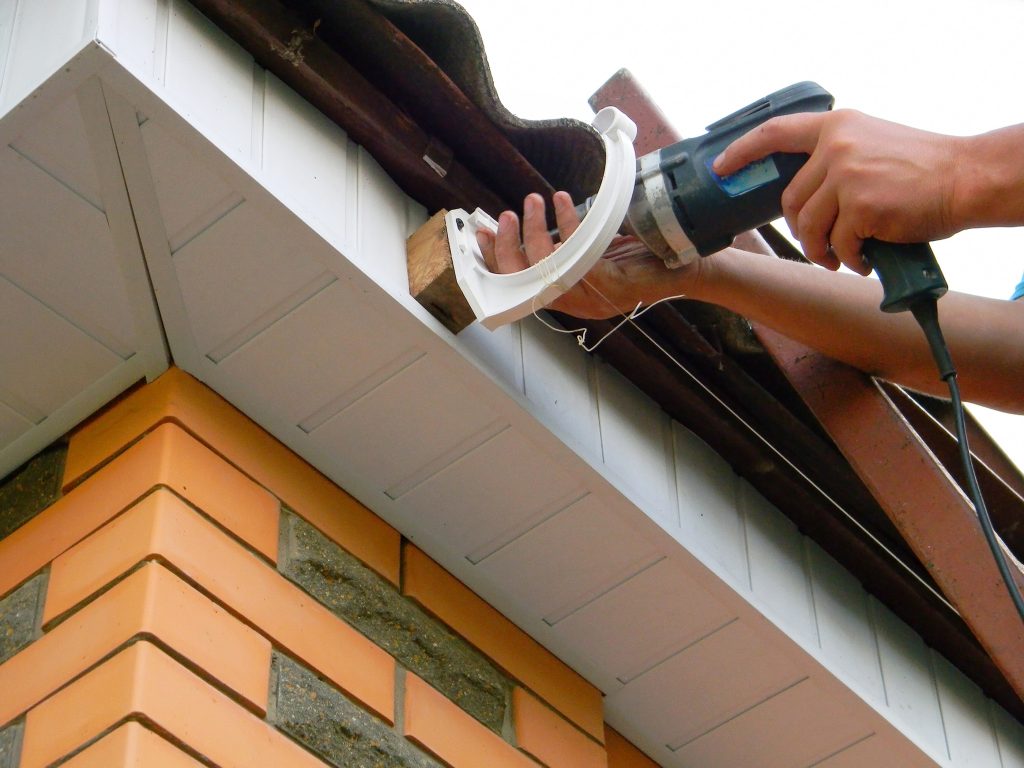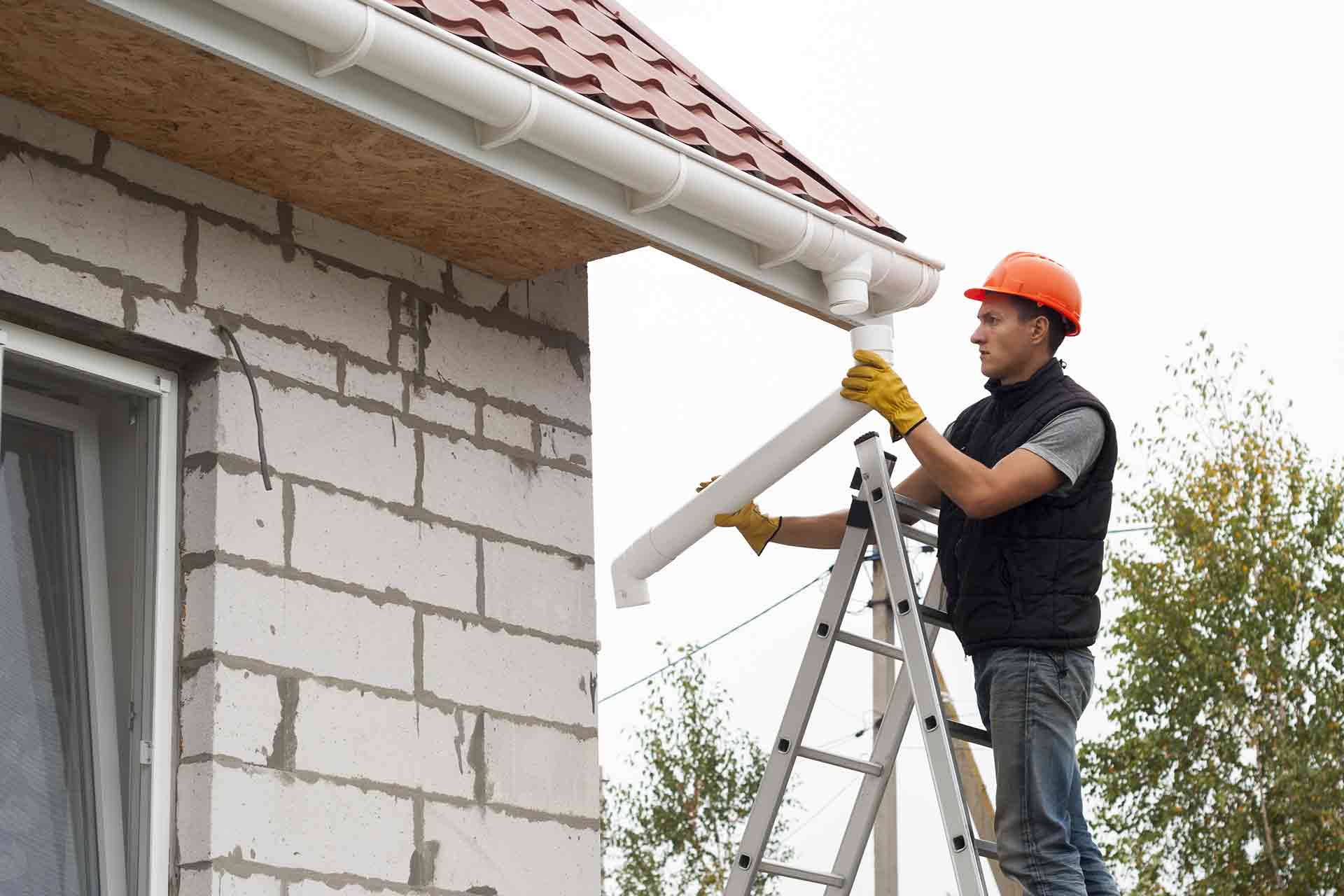When homeowners complete home improvements frequently, they neglect their gutters. Debris from plants can cause corrosion and ruin gutters, causing damage to them to the extent that replacement is easier than repairs. It may seem like a huge task for homeowners to complete but the truth is that it is simple. Many people ignore their importance in having high-quality Gutters in CT. They are aware that they require gutters to prevent water from flowing from their businesses or homes however, they are not aware the seriousness for not using a top-quality gutter system could be.
Gutter & Guards are vital to safeguard your investment in your business or home particularly if you reside in a region that is famous for having a significant amount of rain like Connecticut. Without a gutter system, your property or business will be at risk of rusting, rotting, and even flooding. If you do not have gutters, you could cause foundation damage.
Not all gutter systems are made to be the same. The more rain your location is subject to, the more careful you will have to be when selecting your gutters. This is the reason you must choose the top local gutter business with years of experience such as Avanti LLC. We will be able to give you the right recommendation for your requirements and the region you are in.
Sketching Out The Home And Gutter System
Before buying new gutters, sketch out the home and the gutter system it is currently installed. Find out how long the gutter’s run should be, and then determine the length and number of downspouts. If the gutter system of the past was working well, continue the same configuration as this new one. Create a list of the materials and note down the measurements.

If the gutter’s length is not longer than 35 feet, its top point will be located at one end and the run will slope downward towards the downspout. If the run is longer than 35 feet, then the highest point will be located at its center and the run will slope downwards on both sides towards the respective downspouts. For each length, the high point should be a quarter of an inch lower than the fascia board to which gutters connect to, and should slope at least 1/4-inch for every ten feet of run. Making a chalk line while keeping one side of the drain at the proper angle gives a direction to follow when installing.
Downspout Outlets Can Be Fitted By Using 1 1/4-Inch Deck Screws
They should be located close to the stream, but not on its end and connected to the front of the house, along an chalk line. Fix gutter hangers onto the fascias at 24-inch intervals using 1 1/4-inch deck screws. Attach them approximately 1 inch from the roof’s end in line with the chalk line, leaving space at the end to accommodate gutter caps.
The corners that do not have a downspout or are not at the end of a running must be covered with gutter covers. The gutter section can be cut using the aid of a hacksaw, to be able to fit between the edge on the roof, and the outlet for the downspout. Install a cap on the top, then snap the gutter into the downspout outlet near and then hang the gutter to the hangers in line with the chalk lines. Gutter sections must be joined to the ground using specific connectors for attaching them. An assistant should be able to be able to help the gutters while they are hanging. The final step of the gutter installation process is cutting the drainpipes so that they pass through the joint of the outlet of the downspout, and the wall joint as well as between both the elbow of the wall to the floor.



